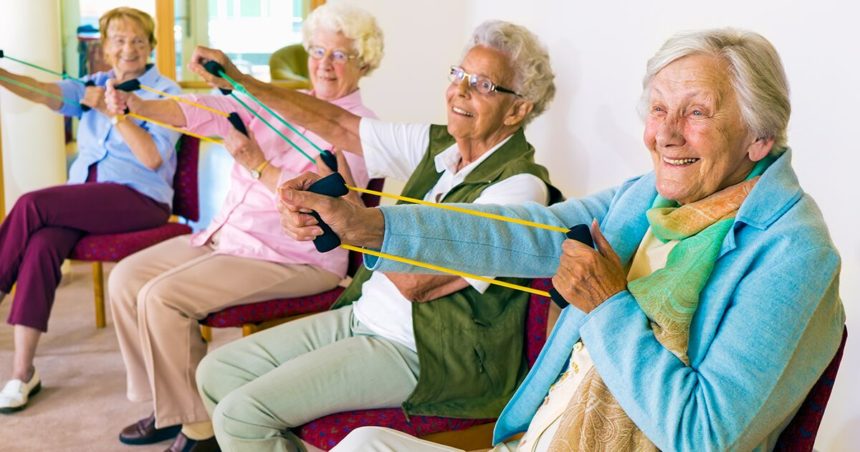Falling can be a life-changing event that robs active seniors of their health and mobility.
And it isn’t just the big, hospital-worthy falls that should concern you, says Tiffany Shubert, PhD, PT, former senior research scientist and falls prevention project manager for the Geriatric Workforce Enhancement Program within UNC’s Division of Geriatric Medicine.
“When someone falls, they begin to lose confidence in their physical abilities. They start to cut back on their activities, like going to sports games or other events. The fear that results from falling can keep you from enjoying life,” Shubert says.
Less activity means less strength in the lower parts of the body, which can lead to greater risk of falling. Falls put seniors at risk of concussion, brain injury and hip fractures.
Some more reasons to take the risk of falls seriously, whether for yourself or a loved one, include:
- Falls are the number 1 cause of injuries and deaths from injury among older Americans, according to the Centers for Disease Control and Prevention.
- One out of four people 65 and older falls each year, according to the National Council on Aging.
“So it’s pretty darn serious,” Shubert says.
Fortunately, there is a proven way to reduce falls: the Otago Exercise Program. It was originally developed in New Zealand and brought to the United States in the mid-1990s.
The Otago program is a series of 17 exercises that has been shown to reduce falls up to 40 percent among frail older adults and is promoted by the CDC as a way to reduce falls. Physical therapists administer the program in the patient’s home or in their clinic.
How the Otago Program Prevents Falls in Seniors
Otago follows the main principle of any exercise program: Challenge your muscles to get stronger.
“It’s a basic idea,” Shubert says. “When you exercise, you get stronger. When you get stronger, you fall down less. When you have strong legs, if you do fall down, you’re more protected.”
The Otago exercises work on lower extremity strength and balance, which helps strengthen the core muscles of the back, stomach and legs.
You should talk to your doctor or consult with a physical therapist before trying the Otago program. A physical therapist can provide you or your loved one with a personalized plan and identify possible causes of falls. That awareness, in itself, can prevent falls.
“Fall prevention is not just a one-time thing,” Shubert says. “You need about two hours of strength and balance exercises per week to get a protective effect against falls. You have to figure out how to integrate it into your routine.” You also have to make sure that falls are not caused by other risk factors, such as medication, vision problems, inner ear issues or cognitive impairment.
Examples of Otago Exercises
The exercises are split into two categories: strength and balance. See below for an example of each type. You can also check out other Otago video exercises.
Strength: Front knee strength
Balance: Knee bends
Talk to your doctor or physical therapist to see if the Otago program might be right for you. You can also explore the Carolina Geriatric Education Center’s Otago resources for patients. Need a physical therapist? Contact UNC Physical Therapy.

